Farming has always exerted a strong influence on the rural landscape and it’s people, shaping it physically, providing economic stability for countless families, and constituting a way of life. With the arrival of big agribusiness however, many rural communities suffer as small farms cease to be financially viable and rural life is diminished.
HOW DID WE GET HERE?
The high capital cost of intensive, industrialised animal rearing facilities has meant that they have to produce at maximum capacity to make a profit, maintaining high density factory-style production even at times of low demand [1]. This has reduced the economic freedom of small farmers, forcing them to either intensify, increase in size, reduce animal welfare, work to contract, or simply shut down. Further, the vertical integration of the meat market means that all stages in the production cycle can take place within a single agribusiness[1]. Big producers do not employ the local meat packers, processing plants, slaughterhouses and equipment dealers that provide employment, investment and stability to rural communities [2].
CUTTING CORNERS
Intensive, indoor pig rearing factories across the EU cut costs by ignoring the laws that protect animal welfare and the environment. The laws that pigs must have access to bedding and must not have their tails docked routinely are rarely observed in animal factories, giving them an unfair advantage over high welfare systems that treat the animals humanely. The UK has lost almost half its pig herd over the past fifteen years, largely because of unfair competition from low welfare imports from animal factories in the EU and beyond. It is estimated that 70% of the pork imports into the UK are raised in conditions that are illegal in the UK where animal welfare laws are stricter.
DRAINING COMMUNITIES DRY
In the USA it has been found that farms with a gross income of $100,000 make nearly 95% of their expenditures locally, whereas larger farms with gross incomes in excess of $900,000 spend only 20% or less locally [1] – corporations will source inputs on the global market from wherever is cheapest. This means that there is no benefit to the local economy when a large corporate-owned meat factory is built. In a Michigan study, small farms spent an average of $67 per hog within their local community, but larger operations spent only $46 locally [1]. For local communities to benefit from agriculture there needs to be a large number of small farms utilising local services and labour forces, rather than a few agribusinesses that source inputs globally, neglecting the local economy.
According to the Pew Commission [3], in the USA animal factories disrupt and dramatically change the ‘social fabric’ of rural communities. Intensive animal factories are highly mechanised and because they rely more on technology than on labour, offer very few employment opportunities for locals. One economic analysis found that a Missouri hog-raising facility making $1.3 million in annual sales generated 9.4 jobs on and off the farm, whereas an independent operation making the same amount in sales generated 28 jobs on and off the farm[4]. Those employed by intensive hog-raising facilities tend to be temporary or migrant workers due to the fact that they can be paid less and are less likely to unionise or to know labour laws [5]. The net effect of large animal factories that do not source their materials or labour locally, is a system where money is drained from rural communities with no prospect of economic growth in return. This can be clearly seen in the UK, were a quarter of all farmers live in poverty, and a farmer’s average income is just £13,300 a year. Indeed across the EU, one farmer goes out of business every minute, forced out of the market by the monopoly of large agricultural conglomerates [6].
DEVALUING THE COUNTRYSIDE
Animal factories do not just operate in isolation from rural communities, shutting them out from the profits they make or the jobs they provide, but have also been found to significantly reduce local land and house prices because of the toxic stench and health risks from antibiotic resistant organisms, endotoxins, allergenic organic particles and ammonia.
Properties located upwind of intensive animal farms in Iowa were found to drop roughly 10% in value, and properties within a 1/10 of a mile radius lost a huge 88% of their value [5]. A 2003 survey in rural Iowa showed that the construction of pig factory farm was feared more by Iowan locals than that of a prison, a solid waste landfill, a slaughter plant, or a sewage treatment plant [7].
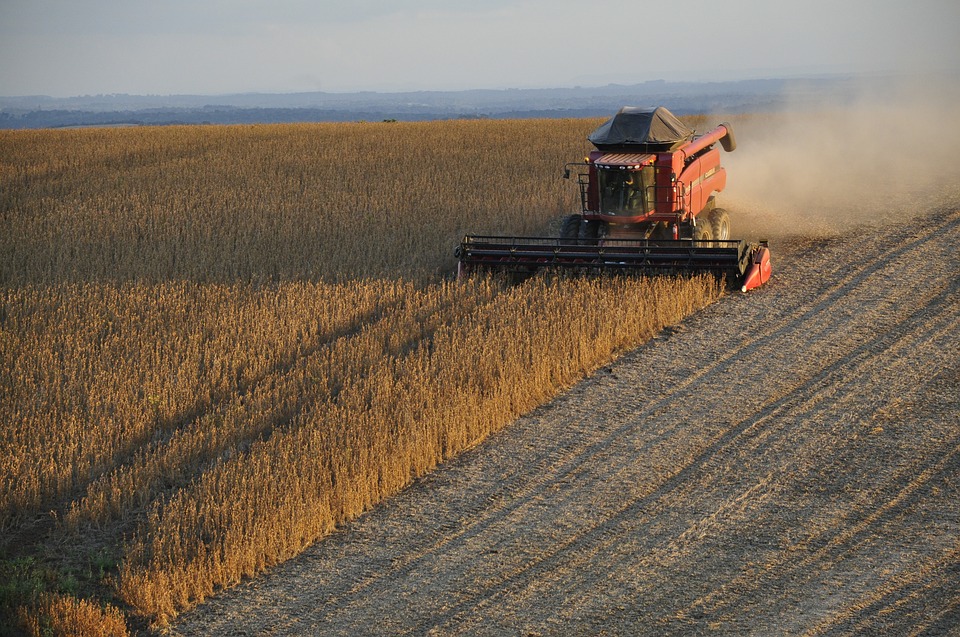
FOOTNOTES
[1] The Pew Commission (2008), Impact of Industrial Farm Animal Production on Rural Community (http://www.ncifap.org/_images/212-8_PCIFAP_RuralCom_Finaltc.pdf)
[2] Food and Water Watch (2010), Factory Farm Nation: How America turned its livestock farms into factories. (http://documents.foodandwaterwatch.org/doc/FactoryFarmNation-web.pdf#_ga=1.150959925.2032944081.1407167560)
[3] CIWF (2012), Damaged Liveilhoods in Detail (http://www.raw.info/the-problem/people-and-poverty/damaged-livelihoods-in-detail)
[4] The Agribusiness Accountability Initiative (2006), Corporate Power in Livestock (http://www.nffc.net/Learn/Fact%20Sheets/AAICorporatePowerinLivestock.pdf)
[5] Sustainable Table, Community and Economy (http://www.sustainabletable.org/860/community-and-economy)
[6] Friends of the Earth, (2010) Factory Farming’s Hidden Impacts (http://www.foe.co.uk/sites/default/files/downloads/factory_farming.pdf)
[7] Farm Sanctuary, Factory Farming’s Effect on Rural Communities (http://www.farmsanctuary.org/learn/factory-farming/factory-farmings-effect-on-rural-communities/)
<div class=”center”>
Share This Article
Related ArticlesView All
Farm Case Study 7: June’s Farm, Rutland
June at June’s Farm, breeds Large Blacks crossed with Saddlebacks. The pigs are slowly grown, fed naturally, kept outside and… Read More
Factory Farming Investment Risks Event at the House of Commons
A public outcry has currently stalled the planning application for a colossal pig factory near Limavady in the picturesque landscape… Read More
New Film: Pig Business in Northern Ireland (2018)
90sec Trailer 12min Short Take action We need a ban on the building of pig factories! Take action today. Friends… Read More
In search of the elusive grass fed pigs
Grass Fed beef and lamb are becoming quite common it would seem. Having 4 stomachs, one in particular called the… Read More
Not just cruel to pigs – farmers are the other victims of intensive animal farming
Last Sunday was a big day for me. The Mail on Sunday ran my article about the dreadful conditions in… Read More
Tracy Worcester goes undercover to expose illegal practices in the UK pig industry
UK pig farm undercover exposé (10min version) Share Share UK pig farm undercover exposé (2min short) Share Late one evening… Read More
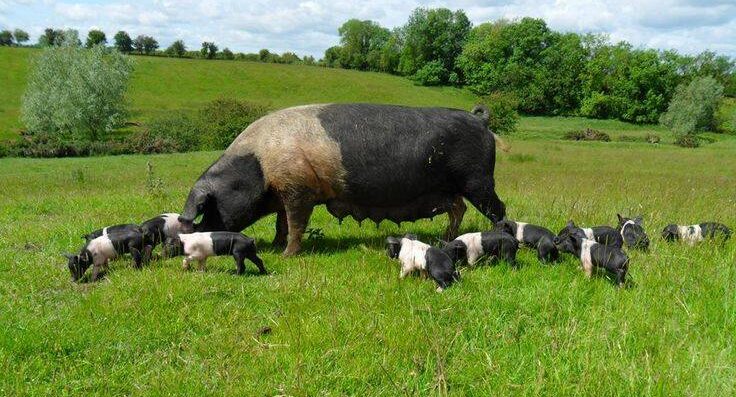
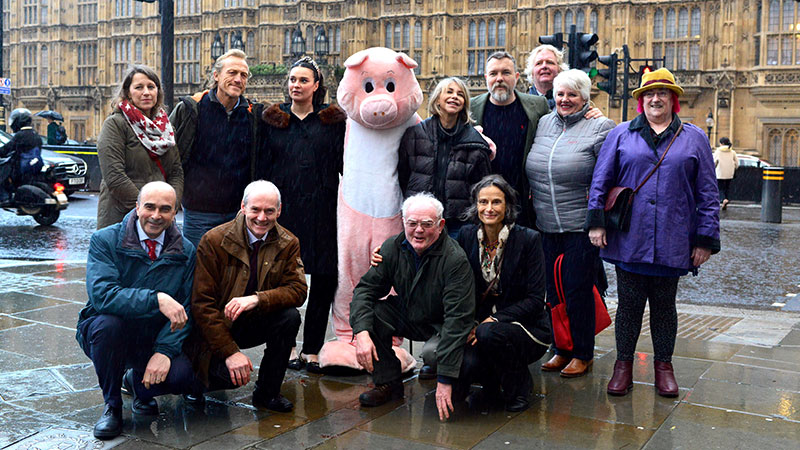
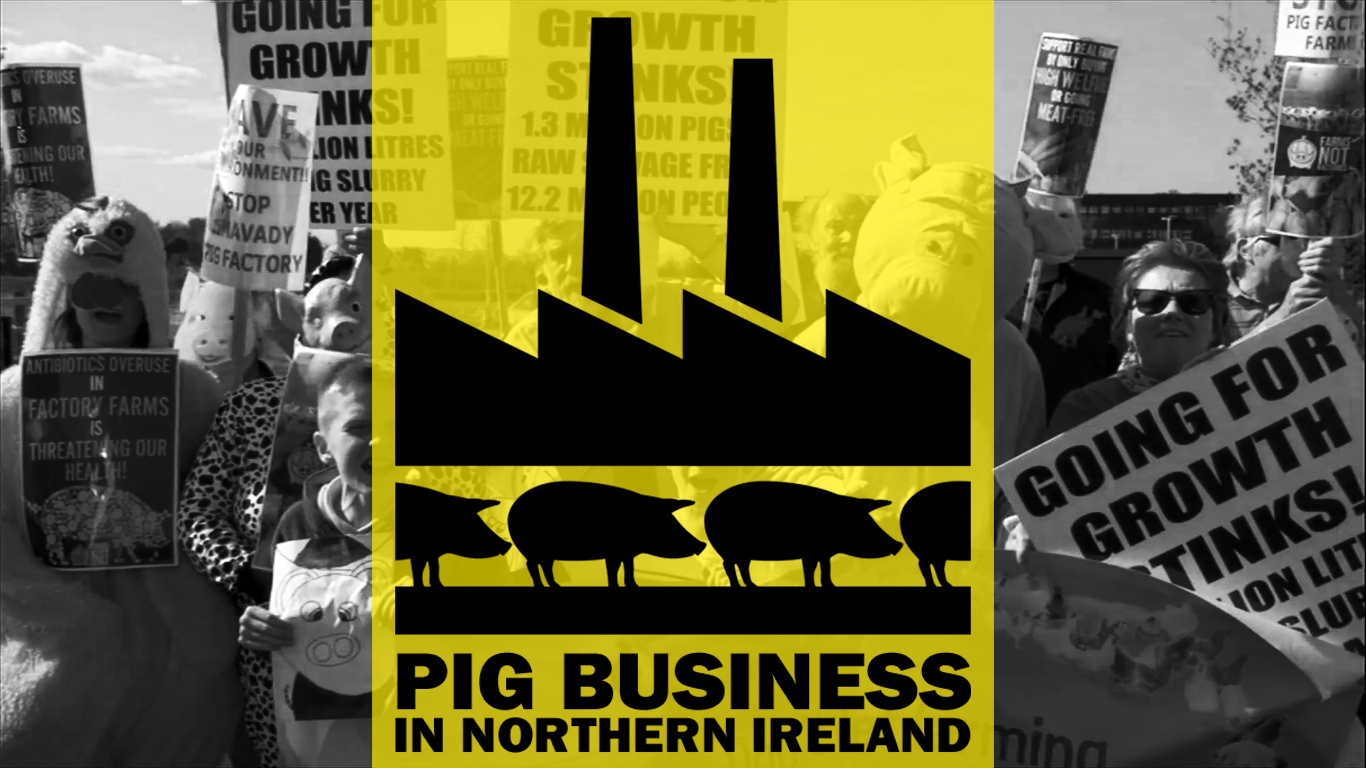
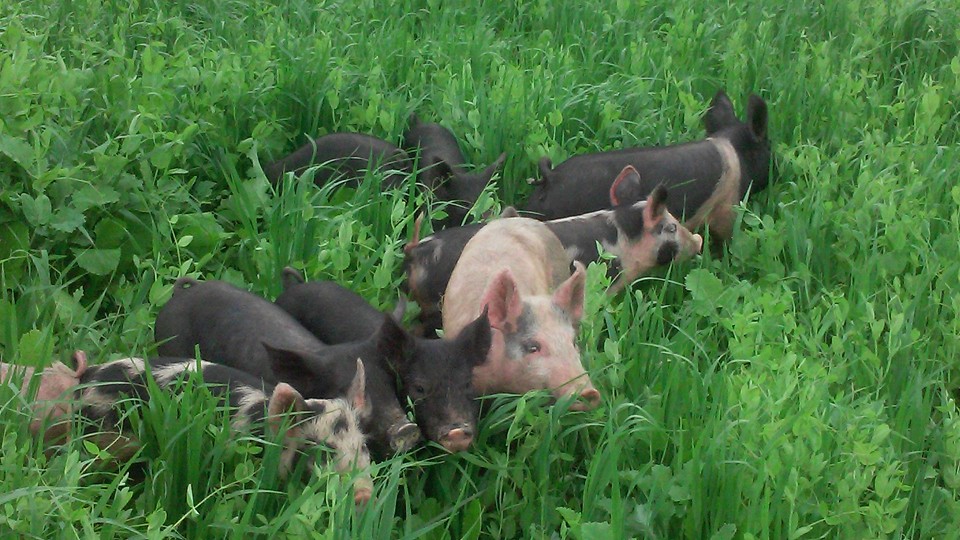

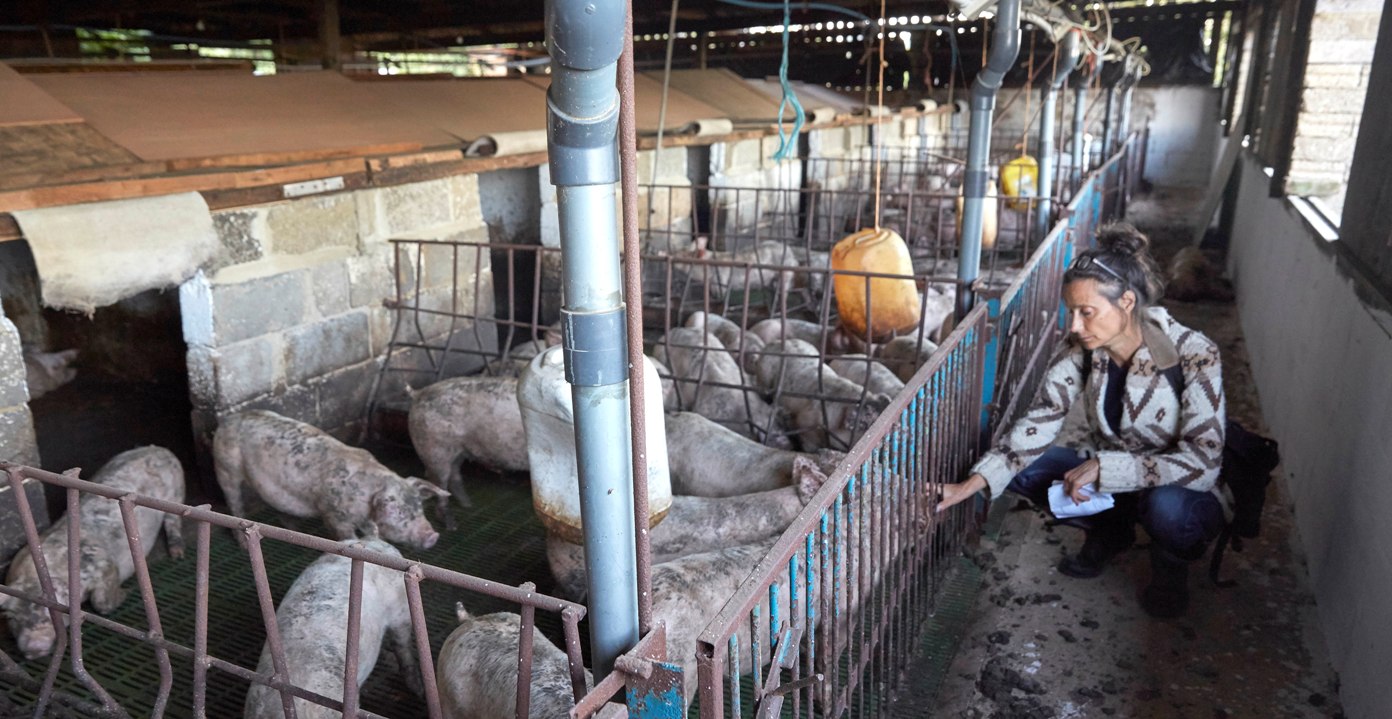
Comments